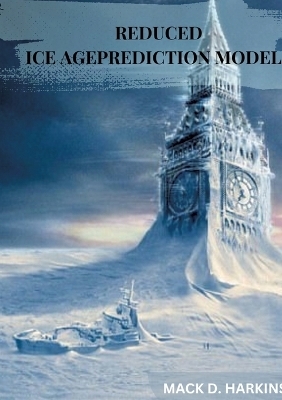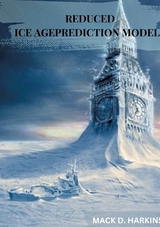Reduced Ice Age Prediction Models
Seiten
In this study, we explore the effectiveness of particle-filter algorithms in discerning between various differential equation (DE) models aimed at explaining the dynamics of ice age transitions. These models, which capture glacier formation and retreat mechanisms, incorporate parameters governing global CO2 levels, glacial ice volume, and ocean temperature, along with deterministic forcings from long-term variations in solar energy input. Employing a particle-filter method, we integrate historical CO2 data to estimate model parameters and states, considering both fixed and unknown parameters, including stochastic forcing terms. Our investigation involves validating the numerical model and benchmarking the particle filter's performance against synthetic CO2 data, followed by its application to actual CO2 data for model comparison. While all models demonstrated similar predictive capabilities concerning CO2 data, incorporating insolation forcing significantly improved predictions of ice volume proxy data across models. However, despite these enhancements, the particle filter method's sensitivity proved insufficient to differentiate effectively between the proposed ice age DE models, echoing previous findings
| Erscheint lt. Verlag | 8.6.2024 |
|---|---|
| Verlagsort | HYDERABAD |
| Sprache | englisch |
| Maße | 155 x 220 mm |
| Gewicht | 171 g |
| Themenwelt | Naturwissenschaften ► Geowissenschaften ► Geologie |
| Schlagworte | Climate change prediction • Climate modeling • climate variability • Differential Equation Models • Earth system dynamics • Environmental Modeling • Ice age dynamics • Particle filter methods • Reduced models |
| ISBN-10 | 3-384-25469-4 / 3384254694 |
| ISBN-13 | 978-3-384-25469-6 / 9783384254696 |
| Zustand | Neuware |
| Haben Sie eine Frage zum Produkt? |
Mehr entdecken
aus dem Bereich
aus dem Bereich




